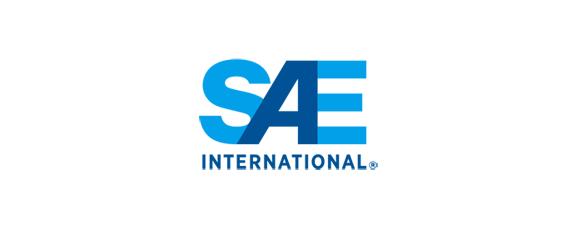
Case Studies
Delivering customer success since 1981

Technologies Used
-
Pattern detection software
-
Automated QC software
-
XML
Project highlights
-
107,000+ technical papers
-
3000 feature articles
-
10,000+ standards
-
Automated XML conversion workflow
SAE offers the world’s largest repository of mobility engineering information. Now this information can be accessed whenever and however it is needed—enabling SAE members to maximize their success, now and in the future.
SAE International
Engineering a Sustainable and Scalable Content Conversion Strategy
Keywords: conversion, data enrichment, XML, pattern detection, automated QC, CrossRef, PubMed
Background
When it comes to vehicle engineering, SAE International sets the standard. The organization’s two priorities include encouraging a lifetime of learning for mobility engineering and establishing industry standards.
From training programs to books, magazines and journals, SAE handles high volumes of data and content that must be delivered efficiently to a large customer base. For example, the association organizes and/or administers about 27 international meetings and exhibitions each year, and nearly 3,000 technical papers and journal articles are produced from these events. These materials are then reviewed for compliance with SAE requirements, published for print and made available online in a very short time frame.
In 2010, SAE faced several challenges that included: a maturing product portfolio; increased competition from for-profits and startups; a need to keep up with the pace of technology; and an outdated publishing system. They realized that to satisfy the increasing demands of customers, they had to rethink their entire production process, beginning with content conversion. Electronic delivery of content was one of their biggest mandates if they were to deliver essential information effectively, and maximize an important source of revenue. This was especially important as they transitioned from print to digital publishing, with the goals of:
-
Getting the most out of their vast content library (More than 200,000 technical papers, standards, reports, books, magazines, and other content)
-
Creating the interactive content demanded by today’s customers
-
Rapid deployment
-
Improvement of output consistency and quality
A robust content management strategy would transform how SAE delivered these assets. But before implementing this strategy, SAE needed to convert this content into a form where it could easily be published in multiple formats—and provide flexibility for what the future might hold.
Solution
SAE and DCL defined the conversion strategy and decided to move to a highly automated, XML-based process. DCL helped SAE reevaluate past assumptions, challenged their thinking, and provided options and new approaches for managing SAE’s content library.
DCL’s attention to quality control, and the ability to convert large volumes of complex content with high levels of accuracy, factored into SAE’s decision, too. After all, the engineering standards documents SAE published need to be rigorously accurate; a misplaced decimal point could prove disastrous. In a pilot project, DCL had previously proven themselves able to convert more than 300,000 pages of complex, time-sensitive material in just 3 months. This gave SAE the confidence to continue working with DCL on a larger scale.
Results
DCL completed a conversion project and established a content management workflow that is scalable and transformed 107,000+ technical papers, 3000 feature articles, and 10,000+ standards. Among the value-adds XML conversion brings to SAE standards are the following:
-
Redlining – Allows users to quickly see changes made to standards revisions, rather than having to compare versions side-by-side. This is a major workflow enhancement.
-
SAE MOBILUS – Enhanced standards were central to the re-launch of this subscription-based platform.
-
3D and 2D images of parts – Users can now change dimensions within the standards.
-
Data sets – Once limited to PDF, these can now be extracted from the standards in a usable format to the customer.
-
Full text searching – This enhances search relevancy and visibility of content.
DCL’s project plan also provided the following benefits to SAE:
-
Hyperlinking to related content
-
Formatting that is interoperable between systems
-
Documents that are both human- and machine-readable
-
Discoverability on the web and via library discovery services
-
Downloadable to multiple formats, e.g., AutoCAD, CATIA, IGES
-
Platform- and software-agnostic
-
An open standard that is scalable into the future
-
Embedded content for increased functionality
-
Enhanced ability to publish in multiple languages
